Fun with a fish eye lens
I had a fish eye lens years ago but had to sell it when I replaced my APS (cropped sensor) camera with a full frame sensor camera. I decided not to replace it right away because the camera body alone was pretty expensive. I used the proceeds from selling my old fish eye lens to offset the cost of the new camera and I couldn't justify buying a new lens right away. Plus, it isn't really what I would consider a "required" lens when I think of the standard set of lenses you should keep in your arsenal. It is, however, so much fun. I finally replaced mine this year and I'm so glad I did. A fisheye lens allows you to capture really different images and it helps you see things in a completely different way. I've included some of my images below along with some fun fish eye facts!
What is a Fisheye lens?
|
An ultra wide lens used to capture a lot of the scene or in tight spaces. This is a slot canyon in Valley of Fire State Park in Nevada. Having a fish eye lens came in very handy and allowed me to capture images I wouldn't have been able to with a longer focal length. |
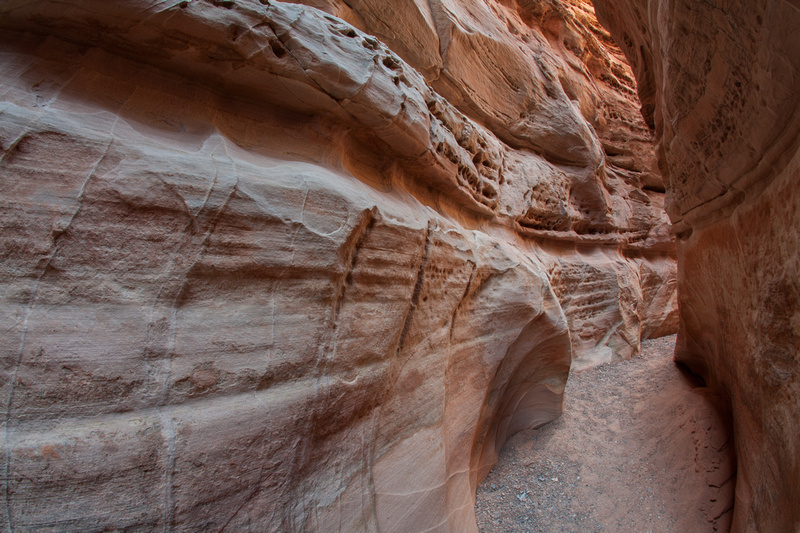 
|
|
These lenses have a 180 degree view. This image has made an appearance before. I sot it in Yosemite and loved how the lends could capture both ends of the curved road and how it accentuated the curve, making this look like an island.
|
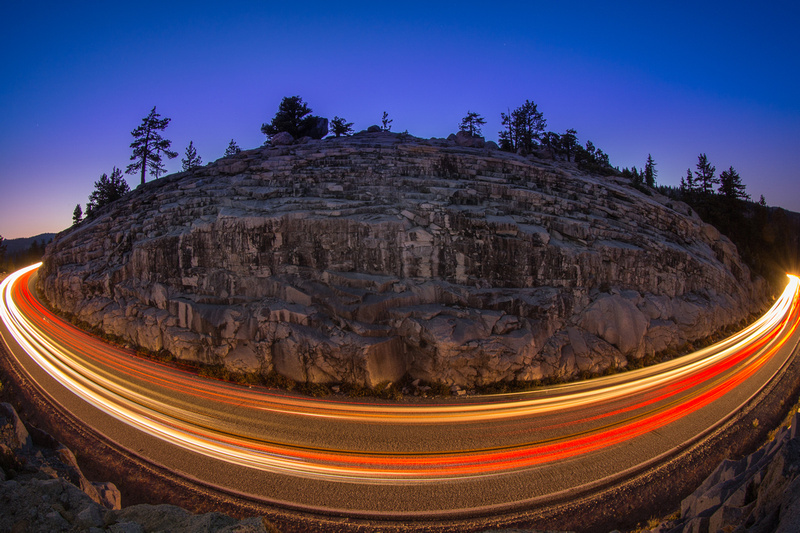 
|
|
The focal length is typically 8 - 15 mm This is about as wide as it gets. This is a group of tree in the June Lake Loop in the Sierras. The fish eye lens is also a very reliable lens for creating star bursts. |
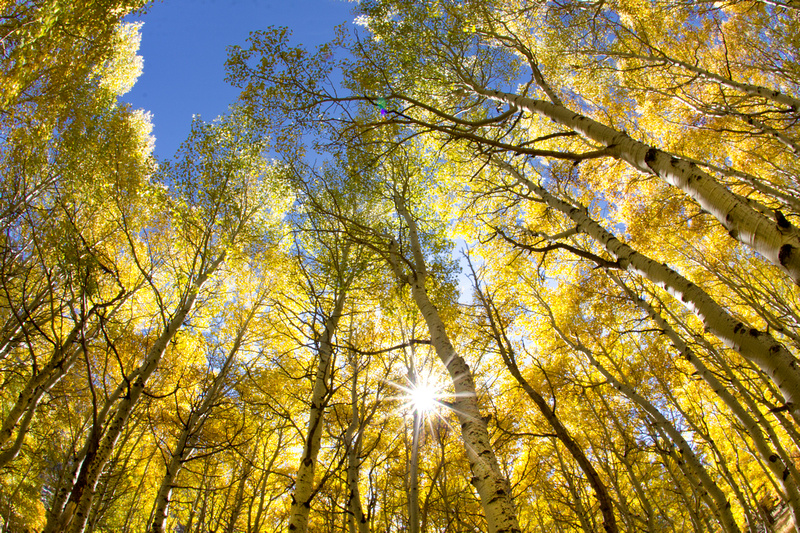 
|
History of the Fisheye lens:
|
Used in the early 1900's as a meteorology camera to study cloud formations. Mass production for creative use began in the 1960's.
|
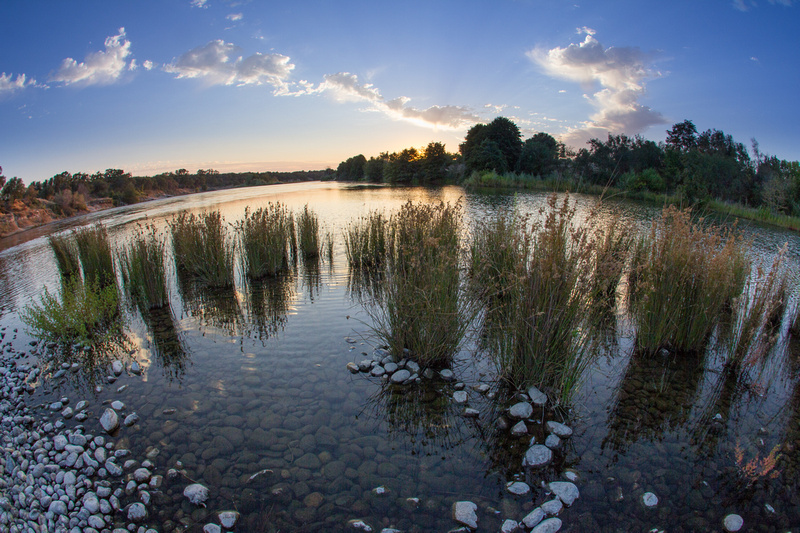 
|
Tips:
|
Tilt up or down to get different effects Tilting up, like I have done here with this hot air balloon in Lake Tahoe, will cause the curve to tilt up at the sides. Tilt down and the sides will also point down. |
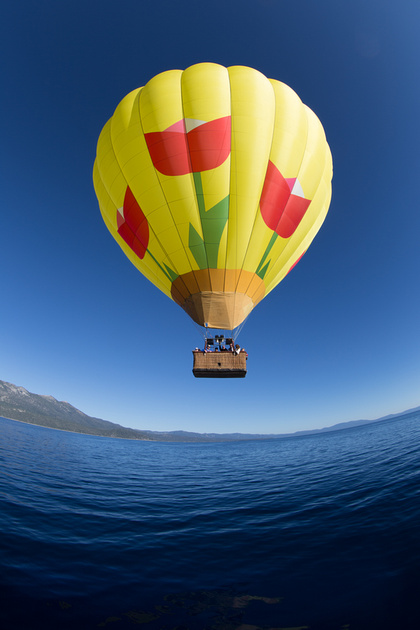 
|
|
Keep straight to use as a wide angle This is Pigeon Point Lighthouse in Pescadaro, California. A wide angle lens is necessary to capture the lighthouse and surrounding landscape. In this case, I kept my lens centered to take advantage of the wide angle without the heavy distortion. |
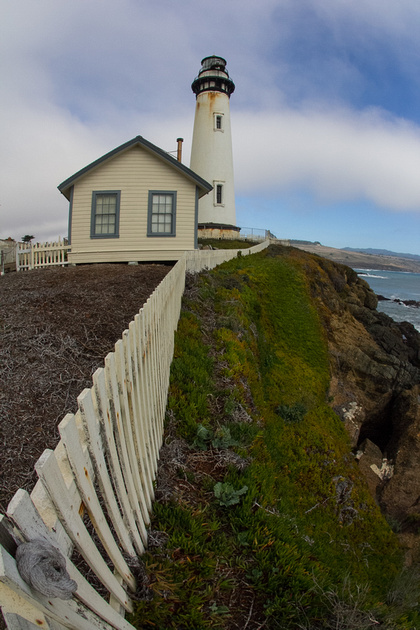 
|
|
Get close, really close This Pontiac was making an appearance at Hot August Nights in Reno, Nevada. I was a few inches away from this grill. The lens will let you get so close that you need to make sure you don't bump into your subject! |
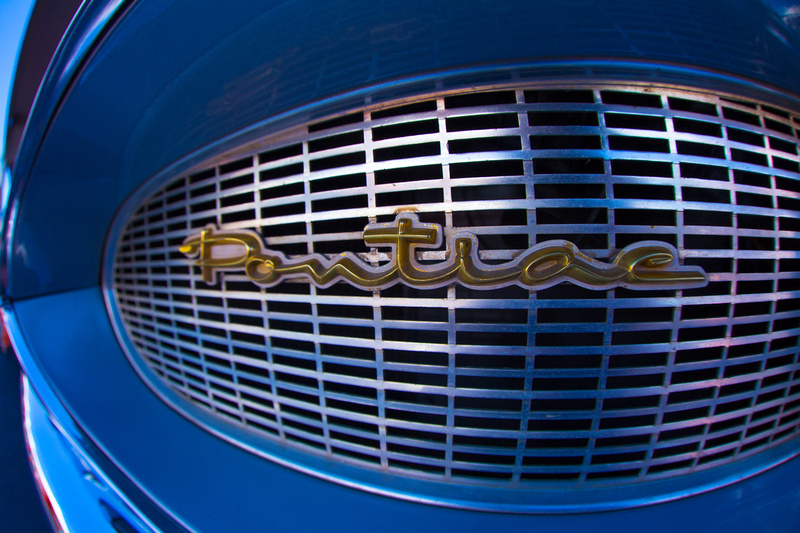 
|
|
Anything placed in the center of the frame will be minimized, where placement on the edges will accentuate the subject. This is Ashford Mill Ruins in Death Valley. It's a really cool place to shoot. On this morning, I thought it would be fun to capture it slightly different than usual and I like how the lens bends objects that you must be straight. |
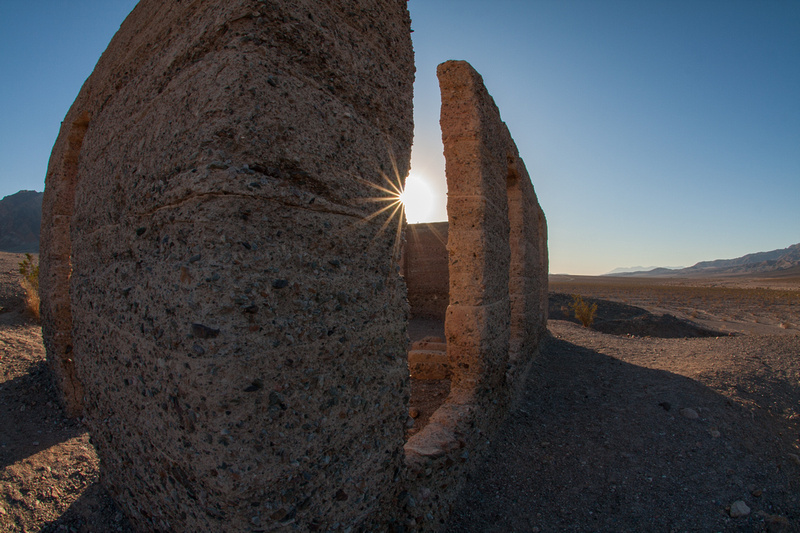 
|
Reasons to use it:
|
Intentional distortion |
 
|
|
Replacement for a wide angle This is a cave at Davenport Beach that you can actually get inside at low tide. It would be impossible to capture the entire thing without a super wide angle lens. By titling upwards, I have bent the ocean slightly too. |
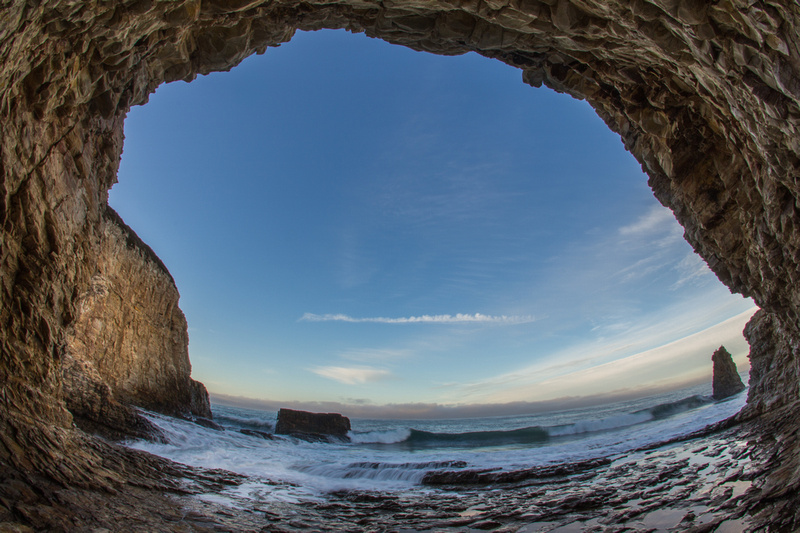 
|
|
Accentuate rounded shapes and objects This is Horseshow Bend in Arizona. The river forms a dramatic oxbow bend here, appearing almost as a full circle. In order to capture this, you must lay down on the edge and extend your shoulders and arms out. You must also have a super wide angle lens. This is where a fish eye lens comes in really handy. This was actually just a scouting shot because I knew I would not be able to be here in good light. I wanted to know if I could actually do the required leaning over the edge. I managed to accomplish it without falling to death but I was so anxious that I had to wrap my lens strap around my wrists because my hands were sweating so bad! |
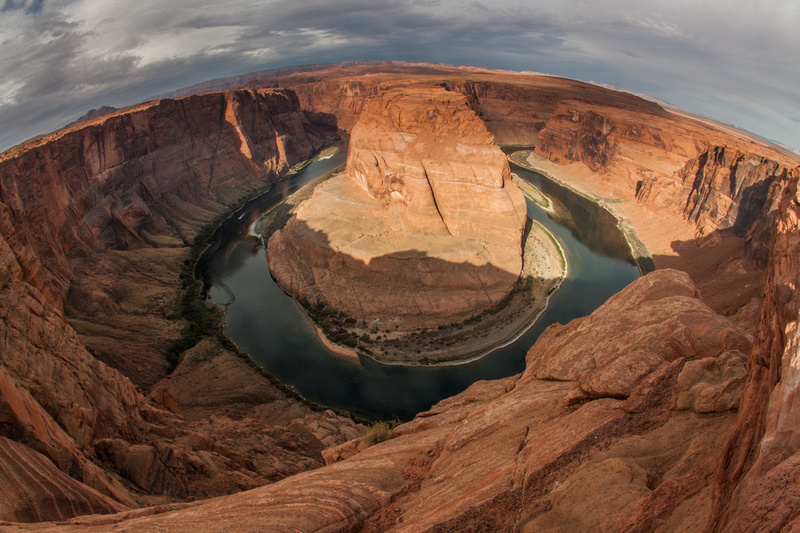 
|
|
Sky shots This is a field of poppies near Spenceville, California. The lens allowed me to get really low and close so I could show the orange poppies against the blue sky. |
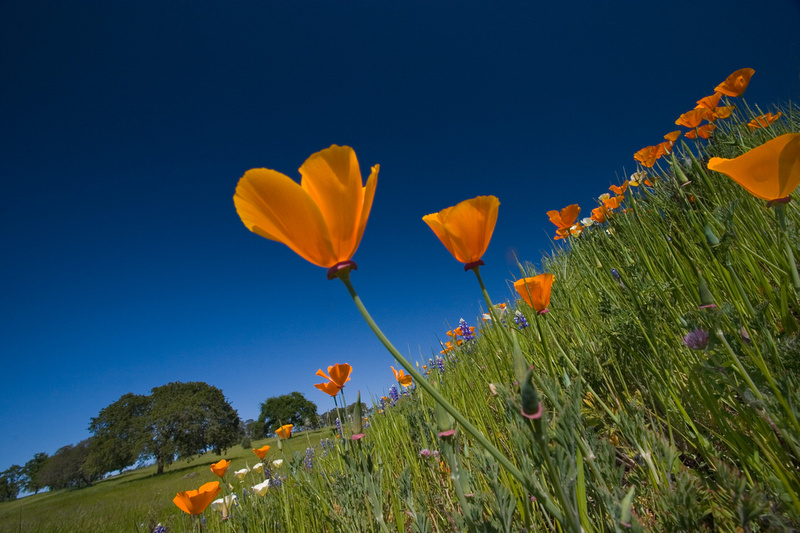 
|
|
Creative shots This is the tail of an airplane I shot out at the Sacramento Airshow. I love how the circle at the bottom stands out with the lens distortion. I was so close, my head was touching the plane (don't tell the owner.) |
 
|